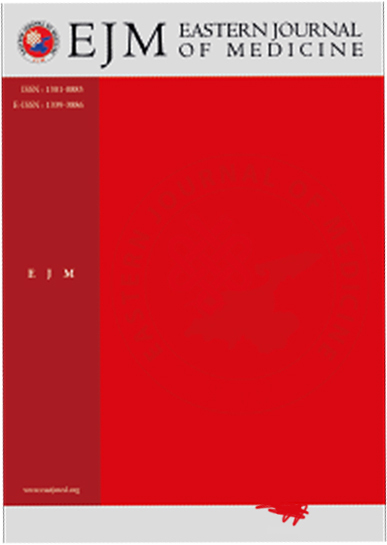Medium-term results of Keller-Brandes operation in hallux valgus and hallux rigidus
A. Ottersbach1, J. Breitenfelder1, K. Pakullat1Objective To find out subjective and objective functional results of treatment in patients with hallux valgus and hallux rigidus Methods 338 patients underwent 478 Keller-Brandes- operations in the Orthopaedic clinic of the St. Vincenz Hospital of Brakel. The results of 241 interventions in 163 patients were analyzed by means of a questionnaire. Results After an average follow-up period of 11.3 years, predominantly good results were found in patients with a primary diagnosis of hallux valgus, 84.6 percent of the patients under fifty years being subjectively satisfed with the result and 92.6 percent of the patients above fifty years. In the group of patients with the primary diagnosis of hallux rigidus the results in patients under fifty years were significantly worse with regard to walking capacity, movability and convalescence. While in the group of patients over fifty years, 85.7 per cent were satisfied with the result, the percentage in the group of younger patients was only 61.8 percent. Conclusion Taken together, it can be said that Keller-Brandes operation must still be considered a state- of the-art method to treat elderly hallux valgus- patients with arthrosis of the proximal joint.
Keywords: Hallux valgus, hallux rigidus, Keller-Brandes operationManuscript Language: English














